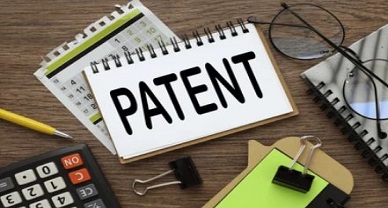Restoration of Lapsed Patents in India
A patent is granted for a period of 20 years in India and a patent renewal fee or annuity has to be paid every year after the end of the second year till the term of the patent for the possession of the patent and to keep the patent in its effect. For the patents filed in India through PCT, the term of a patent is calculated from the time of international filing of application but the renewal fees are applicable only after the grant of a patent in India.
If any company or individual fails to pay the fees, the patent may lapse and cease to exist and enters the domain of public property. Once the patent ceases to exist, the subject matter covered by the patent is no longer protected. The subject matter can be used by anyone without any repercussions of infringement. An application for restoration of patent can be made by the owner of the patent or by the representatives of the patentee if the patent is in the lapse stage.
The renewal fees for a granted patent can be filed within three months from the date of recording of the patent in the patent register, and if not payable within the prescribed three months, an application for an extension can be filed for making such payment by requesting an extension of time along with the prescribed penalty fees (a. k. a Patent Renewal Late Fee). The maximum extendable time for making the renewal fees is for six months. However, if the renewal fees are not paid even within/till the maximum extendable time (i.e., 3 months + 6 months upon application for extensions = 9 months), the granted patent ceases to have an effect.
According to Section 60 of The Patents Act, 1970, the patentee (legal owner of the patent) is given eighteen months from the date on which the patent ceases to have an effect, to make an application for the restoration of the patent upon submissions of which the patent rights are restored (i.e., patent if legally enforceable again). A one-month extension can also be sought under rule 138 of Patent Rules, which is a discretionary power of the controller.
A petition for restoration of the patent has to be applied to the controller at Indian Patent Office (IPO), however, the patentee must provide a reason and sufficient evidence for the delay in payment of renewal fees. If the Controller is satisfied with the reason and the evidence provided that it was unintentional for reasonable failure for payment of renewal fees, the application and patent shall be published in the official gazette in accordance with Rule 84(3) of the Act i.e., the patent rights are restored.
Exceptional Case
An interesting case happened in the year 2009 during which a Controller of Indian Patents issued a renewal of a patent no. 186320 owned by National Research Development Corporation (NRDC) a Government of India Enterprises. The patent ceased to have an effect on 18/9/2006 but the application for renewal was filed on 2/2/2009 which was after the period of 29 months after the lapse of the patent. The controller, after reading the submissions by the patentee, found that the reasons for the delay were unintentional and by recording adequate reasons gave the decision for renewal of the patent.
Conclusion
Having said the above, the restoration of patents involves several decisions that are to be taken on the part of the Controller after perusal of the documents submitted by the patentee. It is the duty of the patentee to be aware of the deadlines and file for an extension and renewal once they come across the issue but an accidental delay can be considered in certain circumstances. Even though the law provides the time limit for filing of extension, a controller can exercise his discretion for renewal if he was confident that the reason for the delay was inadvertent.
About the Author: Divyanshi Arora, LLM student from Symbiosis Law School, Intern at IP and Legal Filings, and can be reached at support@ipandlegalfilings.com.


